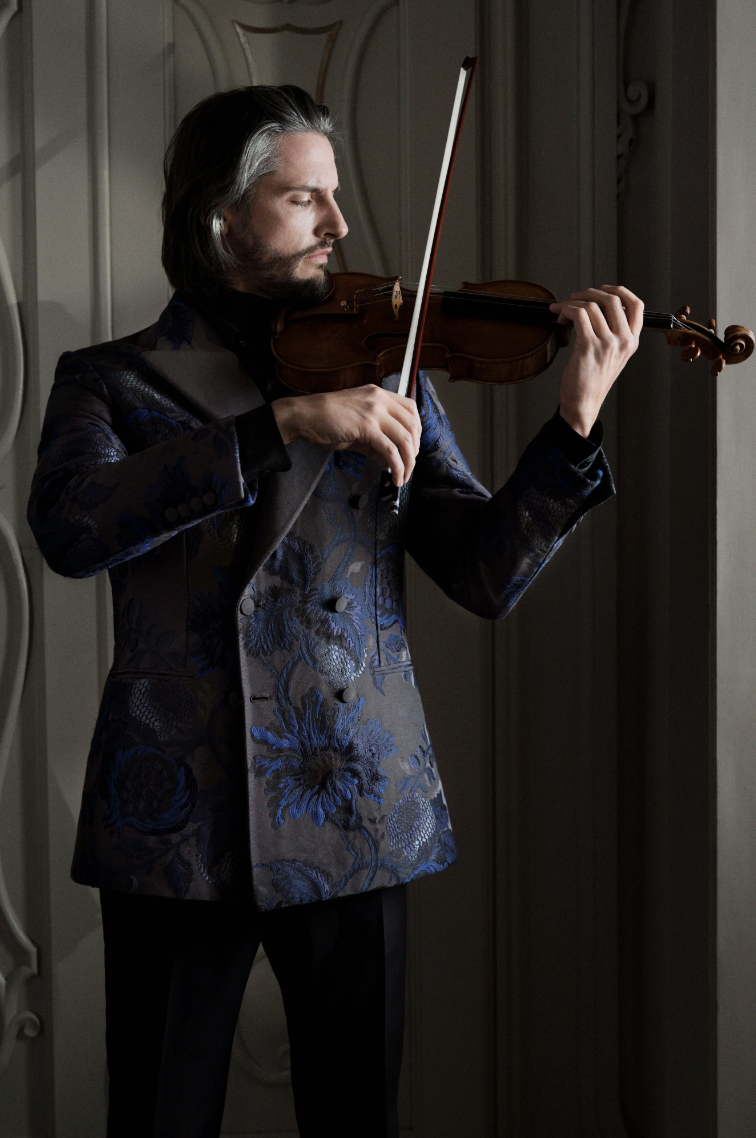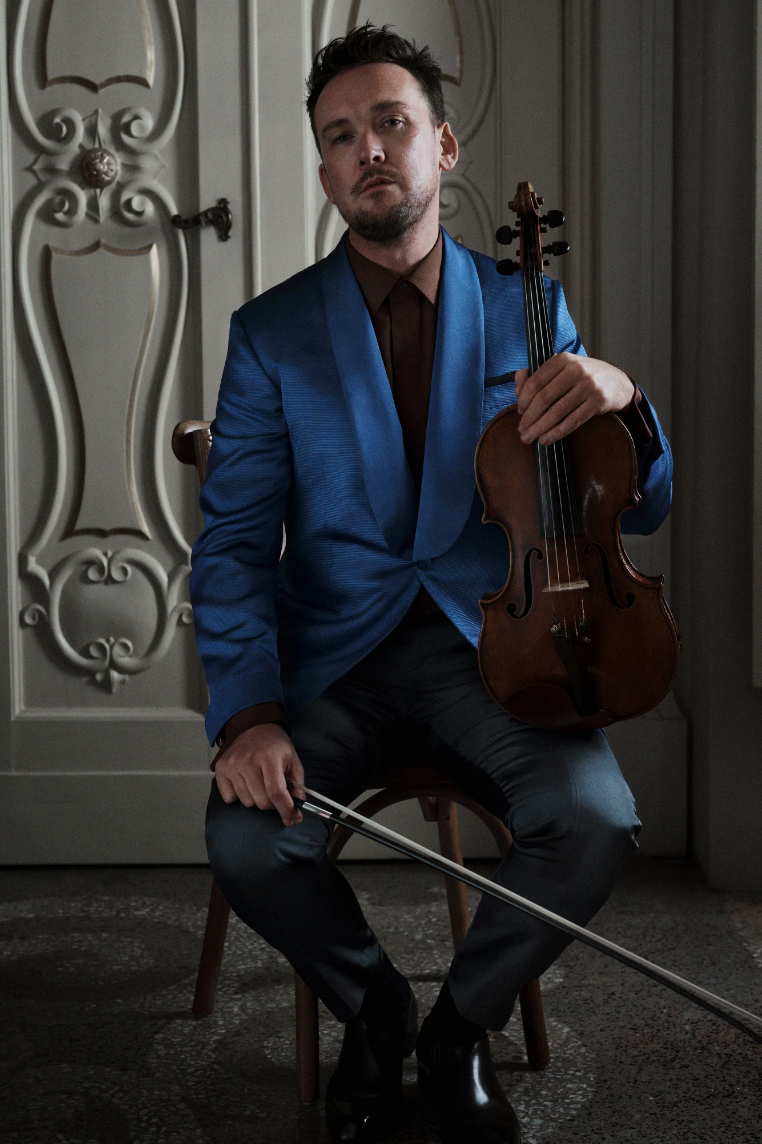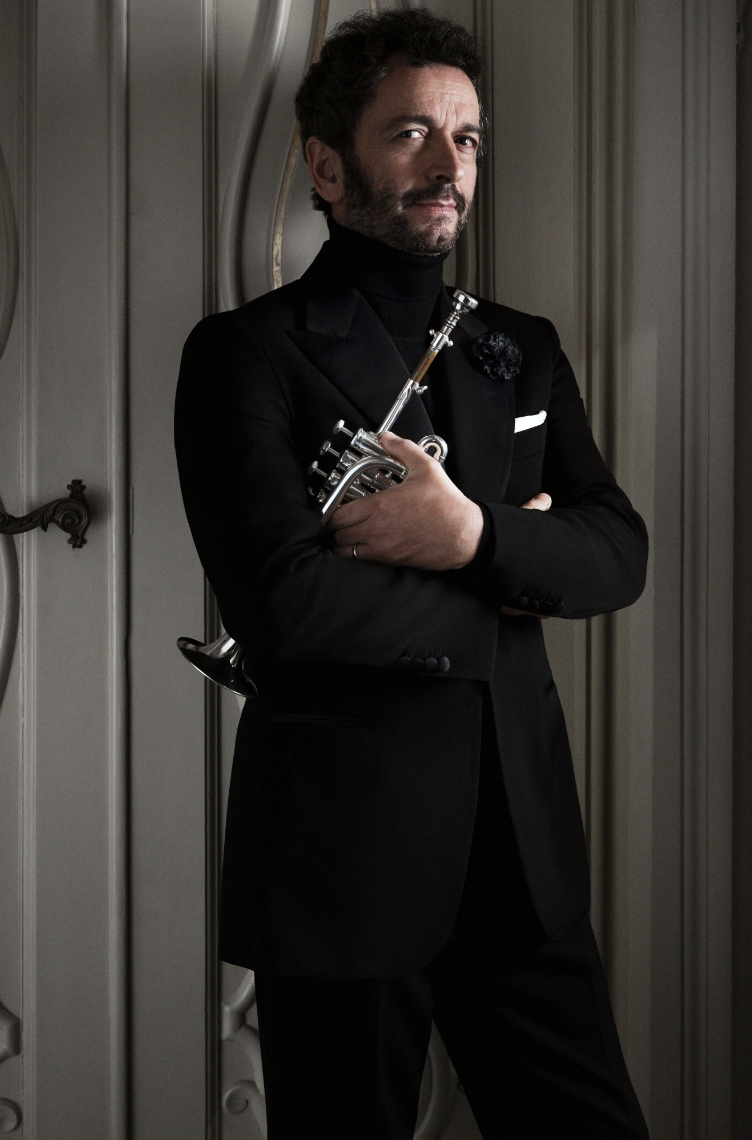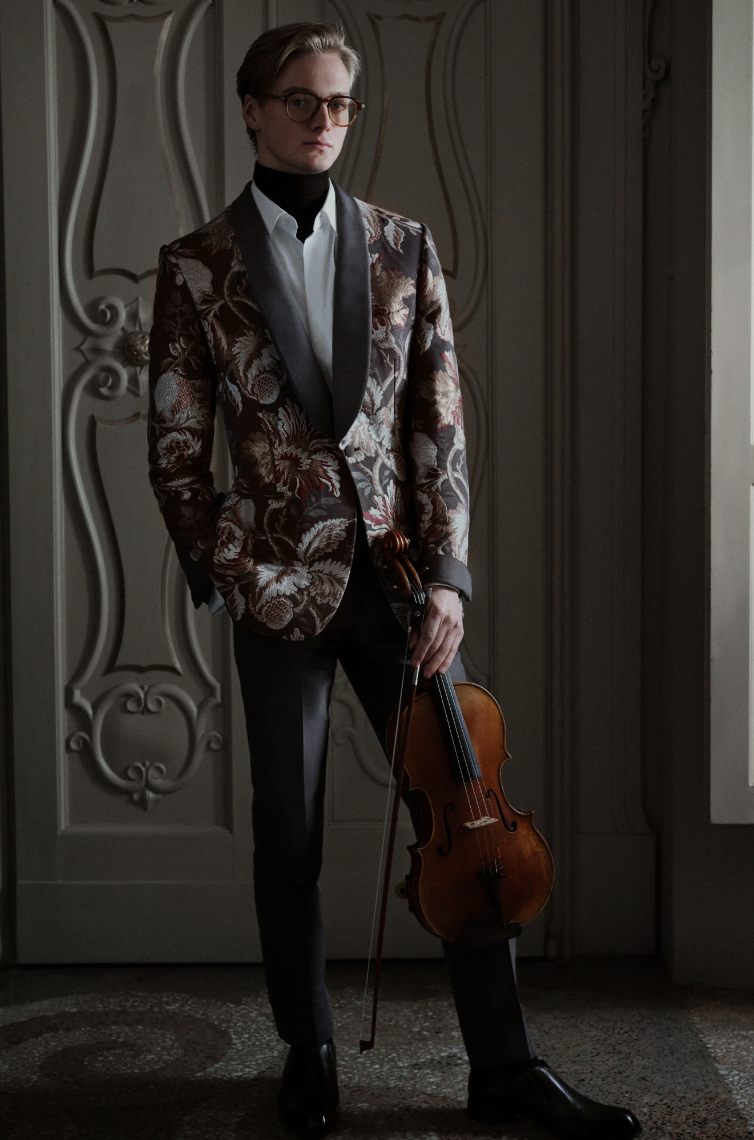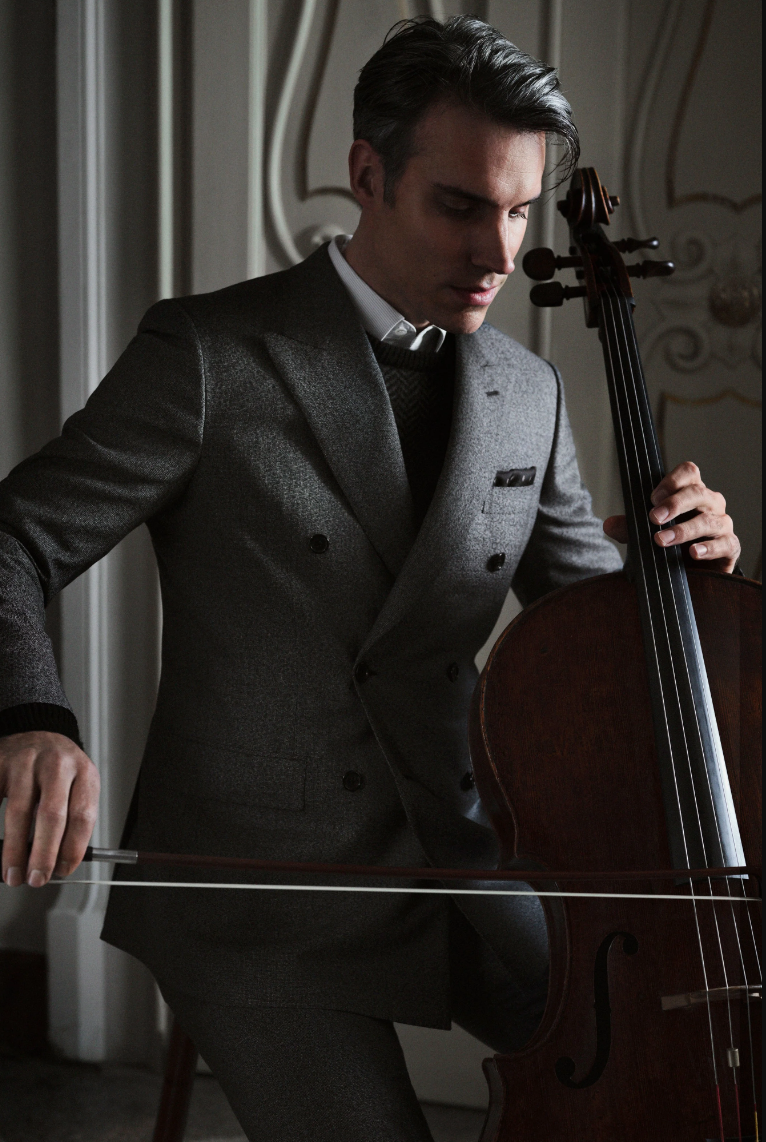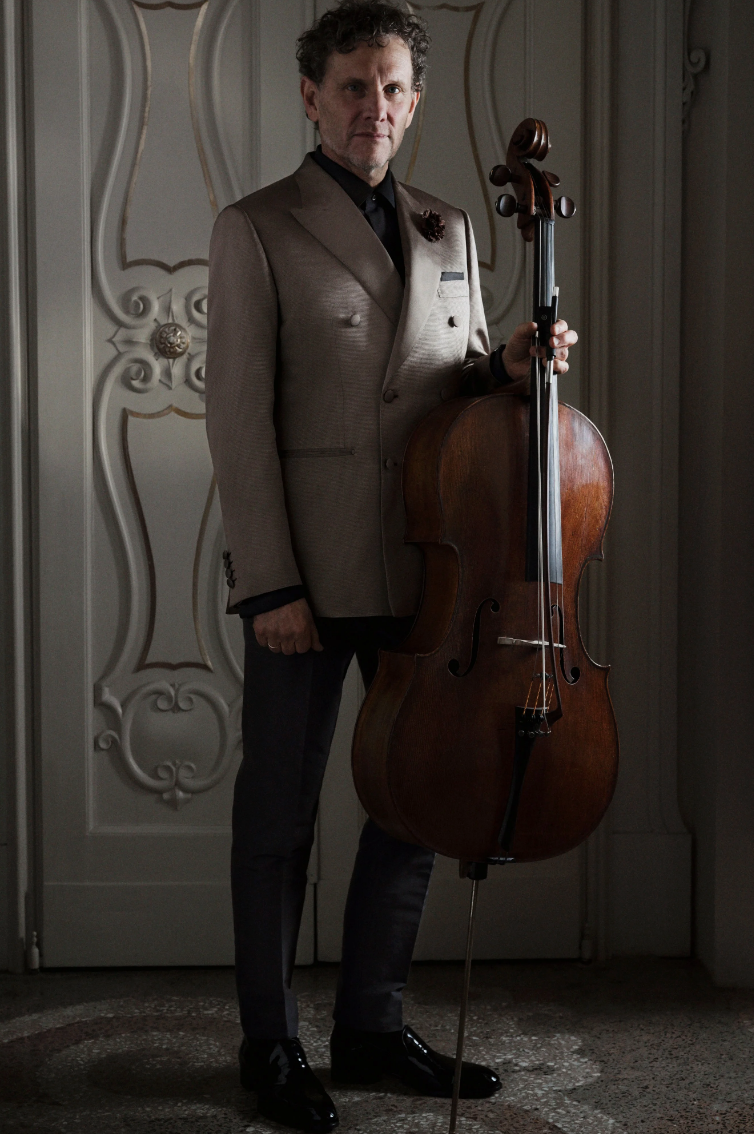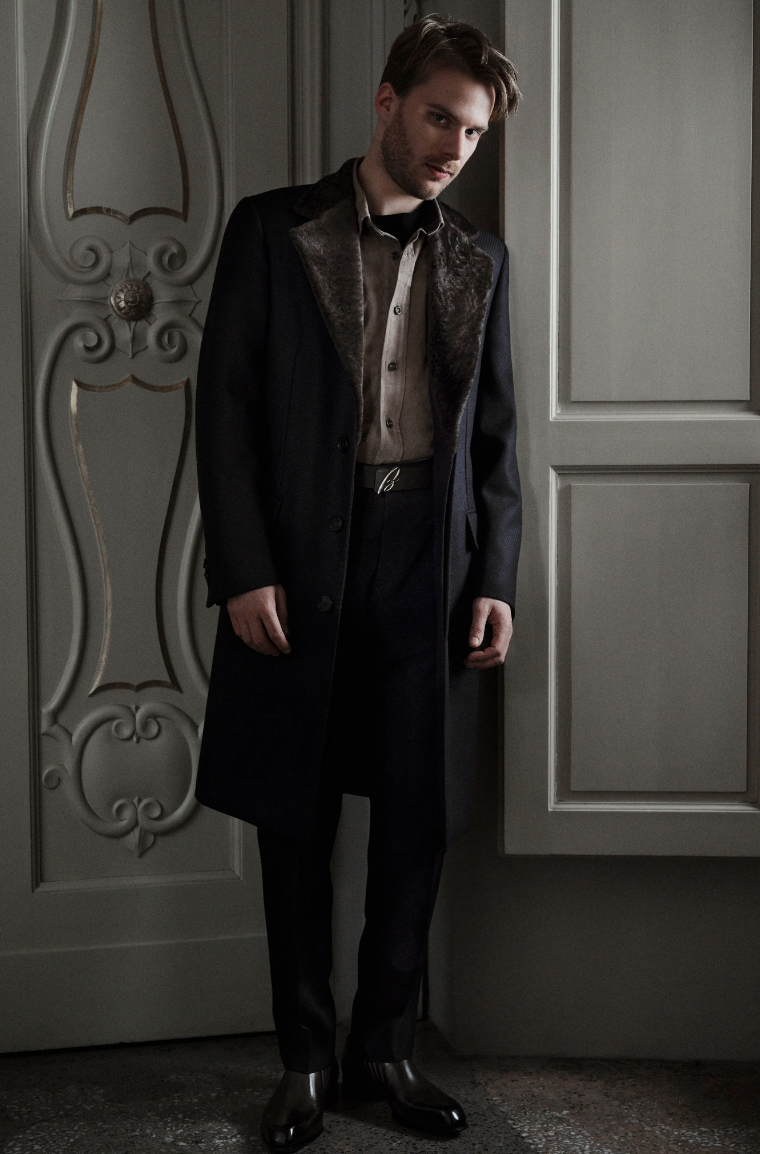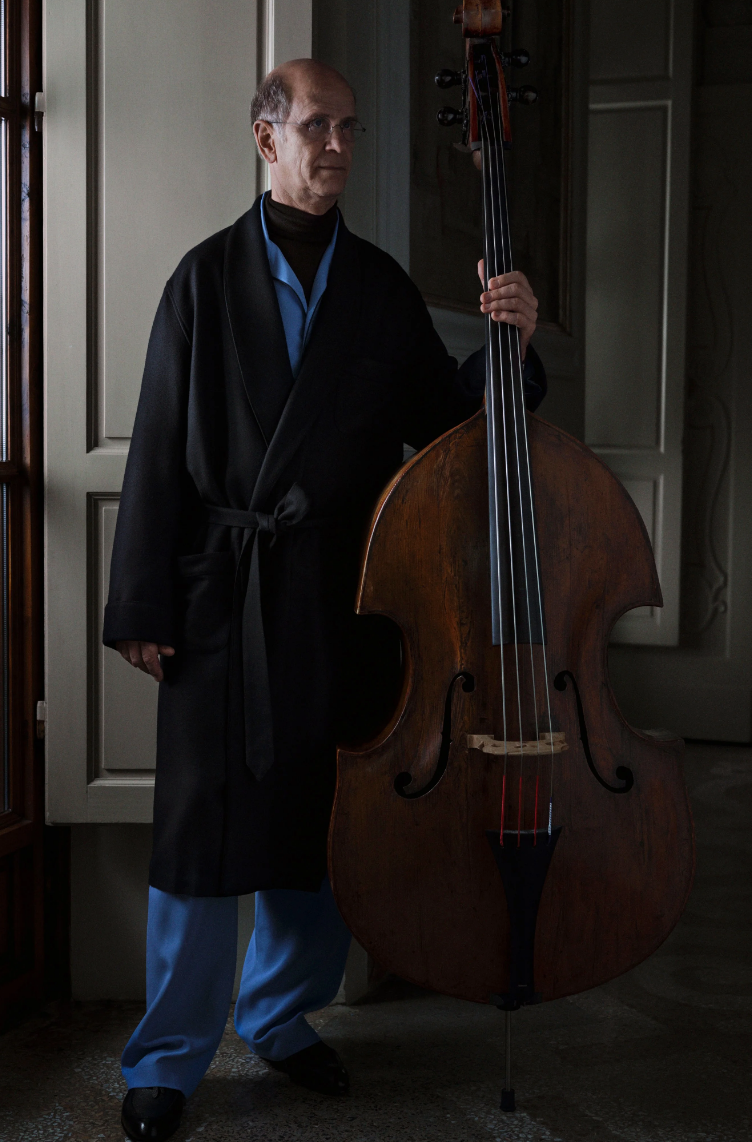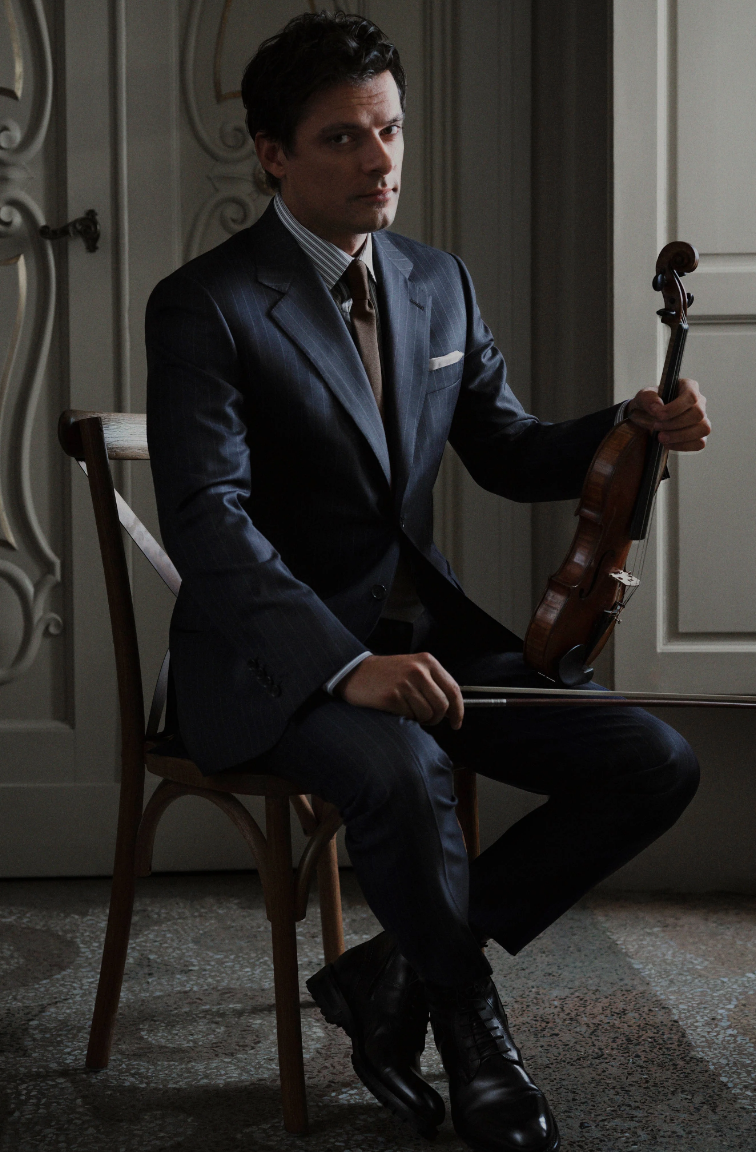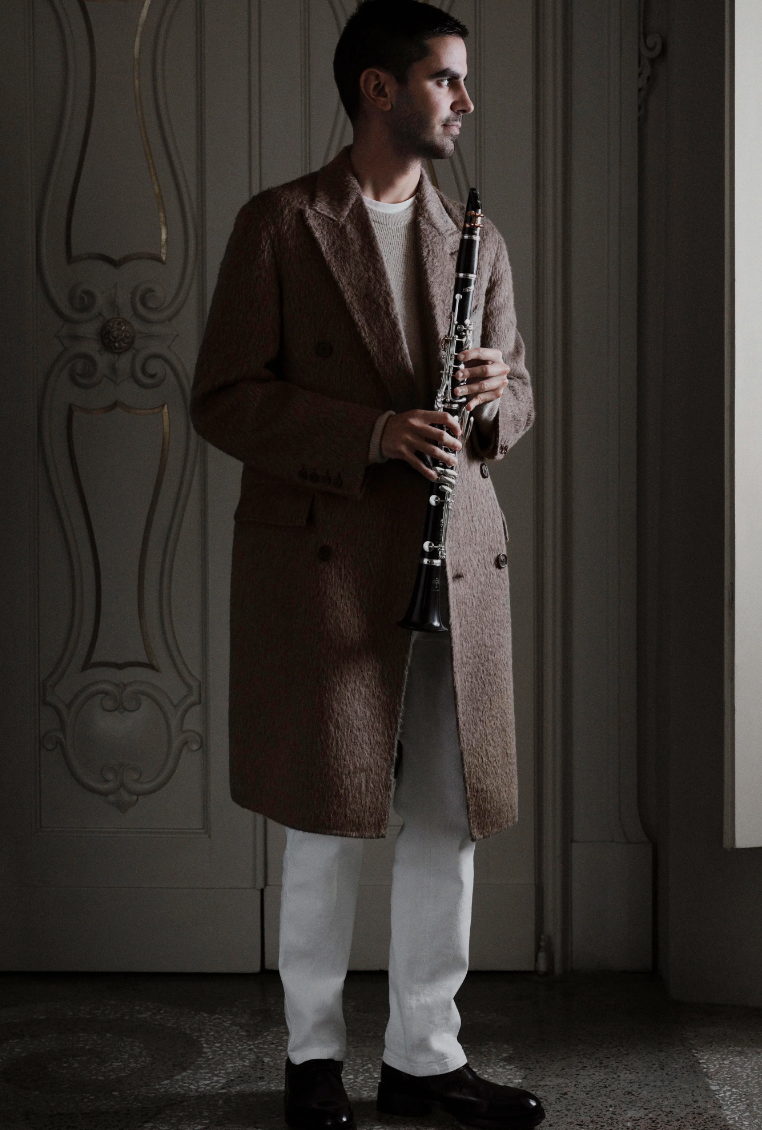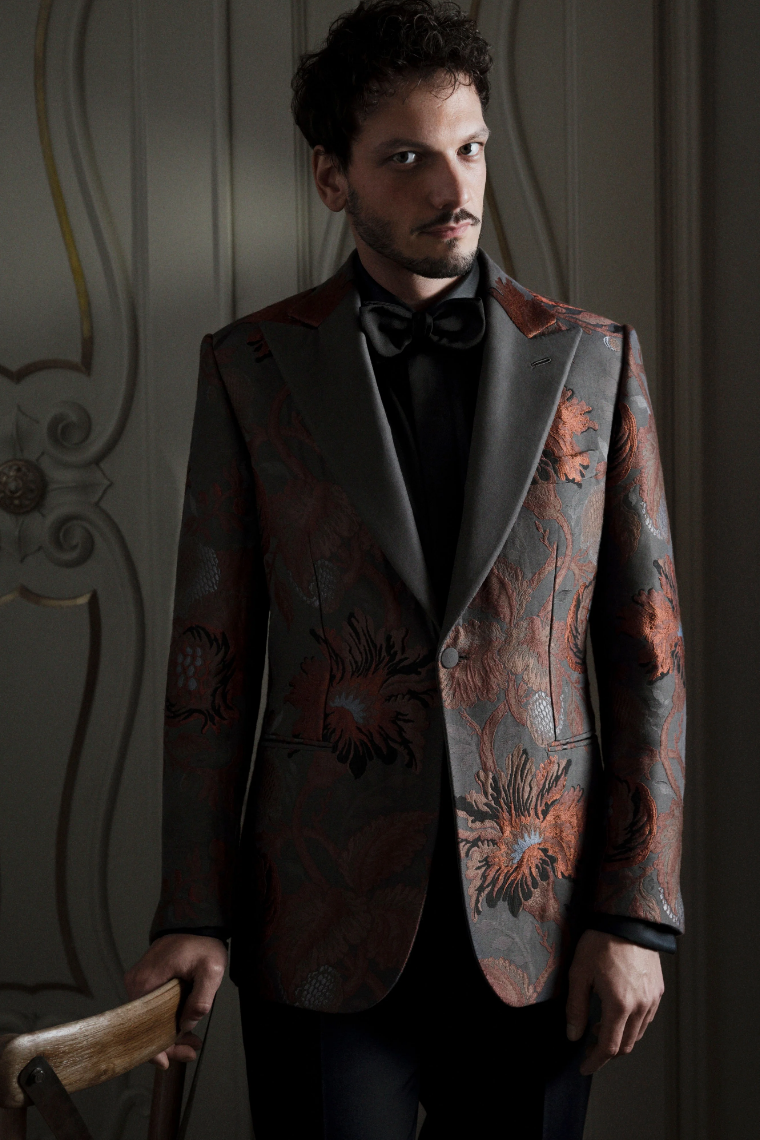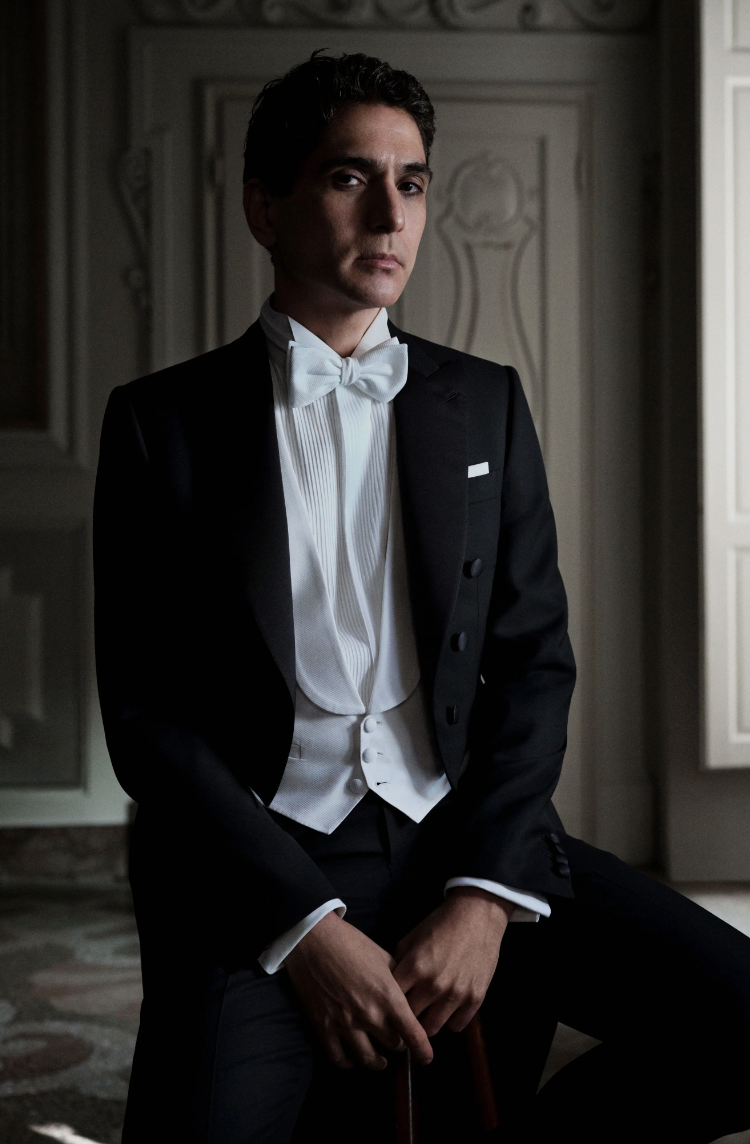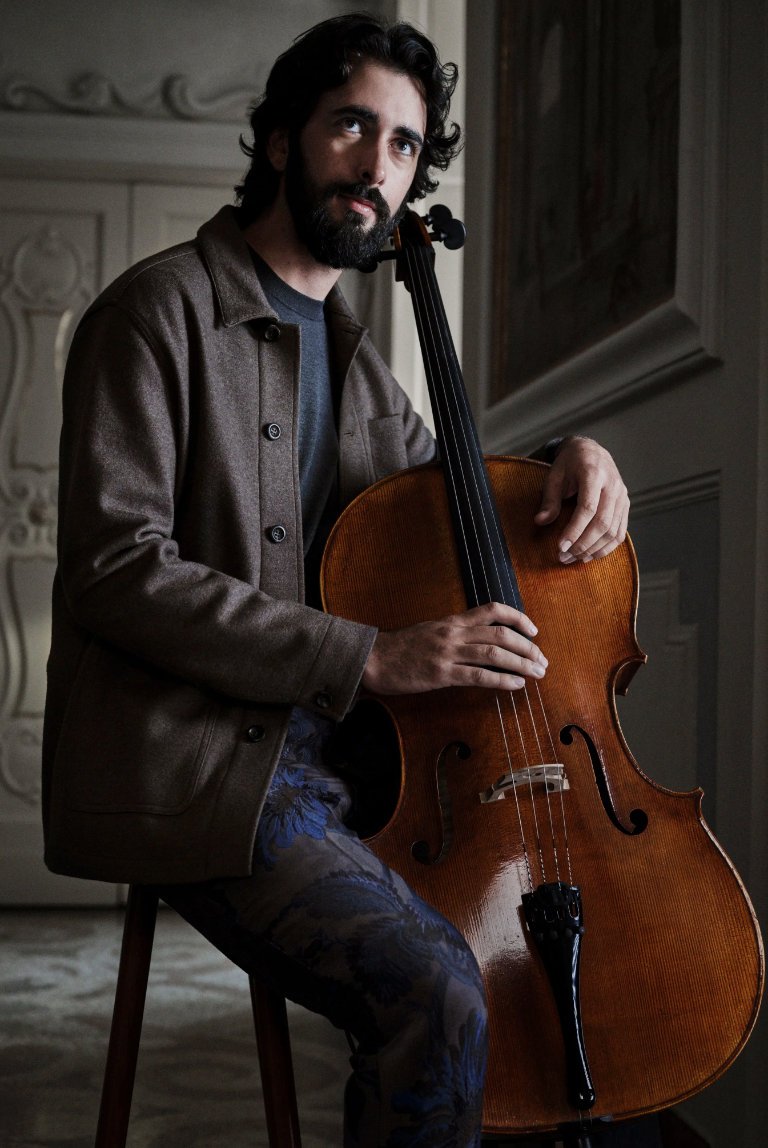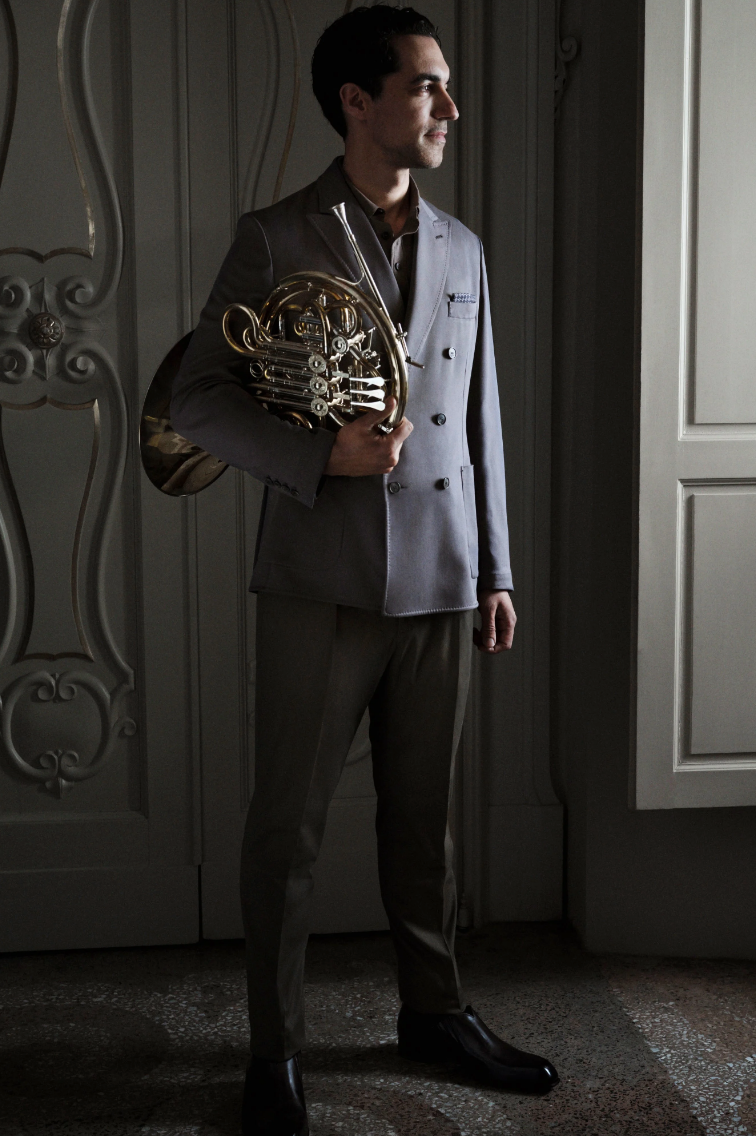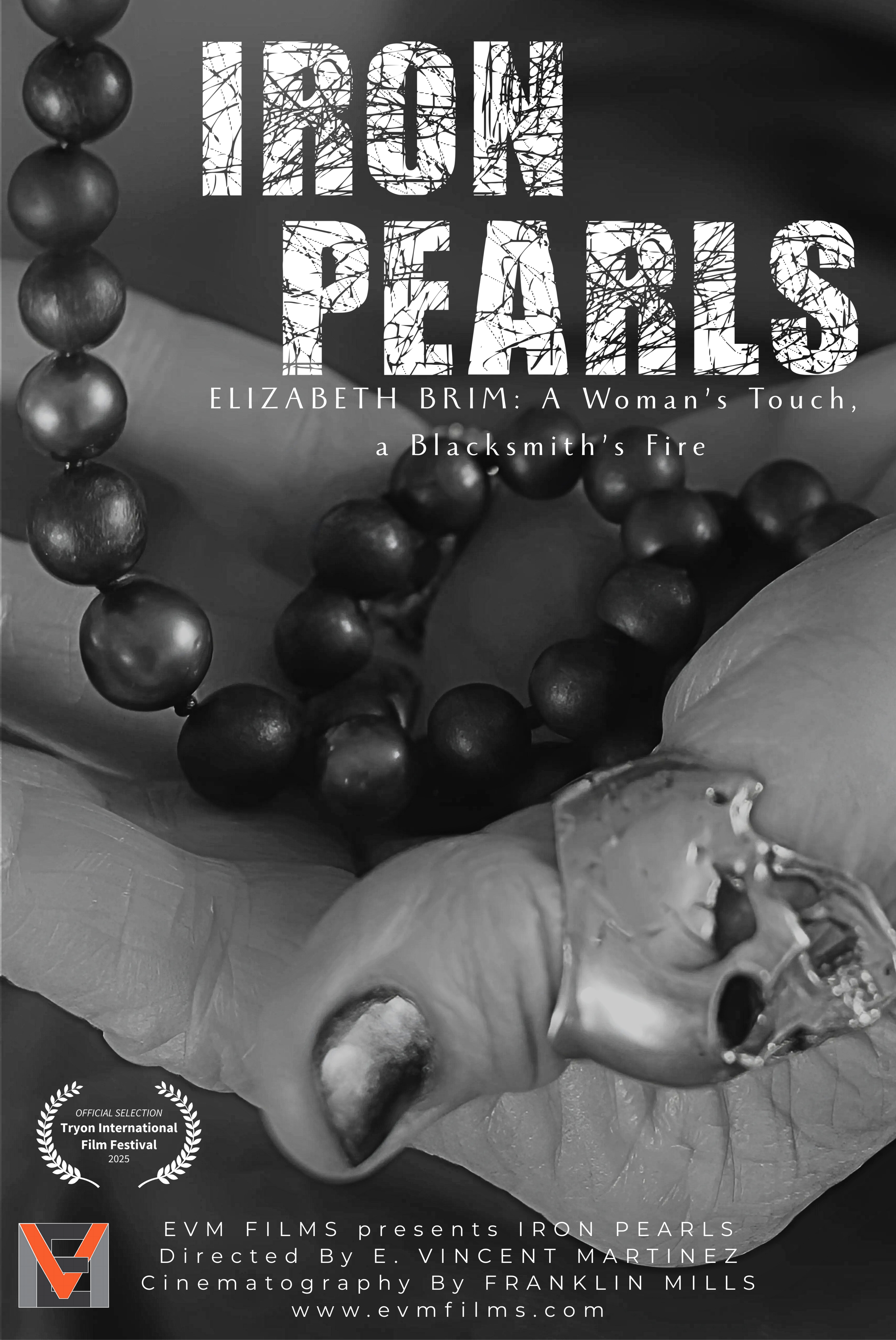Brioni Fall 2020 Menswear Collection
/The 15th-century salons and ballroom of the Palazzo Gerini were so darkened at this Pitti presentation—the chandeliers were switched off and draped with tattered muslin, and the only light sources were artificial candles clustered in corners—that at first you could barely see the marbled floors, the lush paintings, the Gabbiani frescoes, and certainly not the Brioni clothes. But as your eyes slowly adjusted to the dimness, what was clear as day was the music. Brioni’s design director Norbert Stumpfl and the evening’s mise-en-scène manager Olivier Saillard had between them recruited some of the world’s finest male classical musicians, dressed them in Brioni, and then left them to it.
Thus in the Palazzo’s Sala Gialla, father and son cellists Andreas and Ingemar Brantelid (of the Royal Danish Orchestra) sat between the two long muslin-covered dining tables in the near darkness playing Tchaikovsky variations. Andreas’s instrument was a Stradivarius later observed to be worth probably more than the Palazzo: They both wore evening jackets, the son’s shawl-collared, the father’s silk and double-breasted with wide (11.5cm, Stumpfl specified later) reveres.
In another room, the star Greco-Peruvian soloist Alexandros Kapelis swayed behind his grand piano as just a few of us stood in the inky salon to be saturated in a Debussy arabesque. He wore classic pianist attire: black tailcoat and trousers in wool Barathea and a white cotton dress shirt.
The most populated chamber was the White Room, or Sala Bianca, in which an eight-strong baroque ensemble led by Andrea Lucchi of Rome’s Orchestra Santa Cecilia on trumpet did stirring justice to two pieces by Purcell, and another by Handel. Double bassist Ulrich Wolff of the Berlin Philharmonic looked rather louche alongside his more formally attired colleagues in piped silk pajamas and a cashmere dressing gown—apparently he was also wearing two pairs of (non-Brioni) long johns for fear of a chill. On cello, Professor David Pia of the Conservatory of Geneva (who looked a little like the Dutch soccer striker Robin van Persie) had shed his mink scarf; his double-breasted mouline wool suit and herringbone jacquard cashmere sweater were insulation enough.
And so it went on, for seven beautiful rooms in total. At the chat afterwards Stumpfl revealed some crazily beautiful details. The almost punkishly animated string trio in the final Azzura room were all wearing decorative jacquard jackets whose fabric had been woven in Venice on a loom dating back to the 1600s. One white cashmere coat was not colored thus, but was sourced from the wool of an albino goat. “We do this to show we can do it,” Stumpfl expanded, “but the clothes are quite simple, quite basic.” By this he did not mean Old Navy basic (oh no), but canonically classic. “For me it’s, ‘I see the man and I don’t really see the clothes.’ ”
That might seem like an obtuse, or even counter-intuitive statement. Because who is going to buy an albino cashmere jacket (with albino horn buttons to boot) and not want it visible? The answer is the sort of unassuming mega-zillionaire—titans of industry, tech, entertainment, or lucky guys who got left a lot of money—who are classically inclined: men who want to wear their success but not have it wear them.
Brioni was at Pitti this season to mark its 75th anniversary. One of the most significant moments in its history happened here in Florence in 1952 when a debonair gentleman named Angelo Vitucci modeled Brioni’s Roman suiting for an audience of mostly American womenswear buyers at Palazzo Pitti. This was the first ever menswear fashion show, and also helped the brand crack a U.S. market (partly also thanks to the enthusiasm of famous customers including John Wayne) that has remained important to the brand ever since.
Tonight Brioni could have homaged that iconic moment much more directly, but instead chose a route more subtle, more refined, and truer to what Stumpfl is working to articulate at this Abruzzo-based house. Florence is perhaps the densest repository of European culture there is, and here he was reminding us—in a modest but undeniable manner—that Brioni is a part of this continent’s myriad mosaic of creativity and invention. This was an exercise in both deep luxury and profound culture that was beautiful to be immersed in.
Source: Vogue
FASHIONADO

